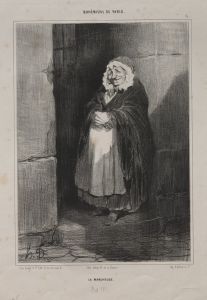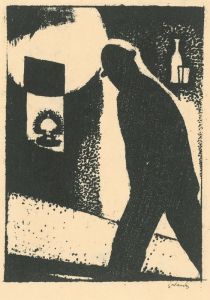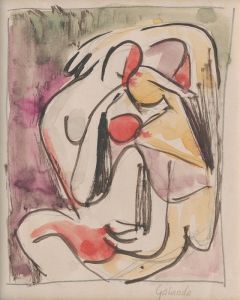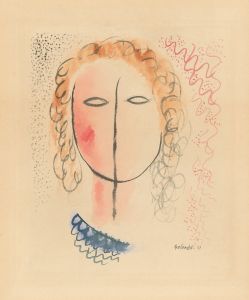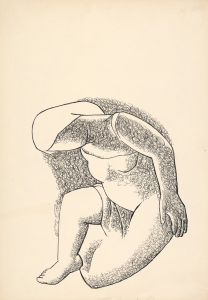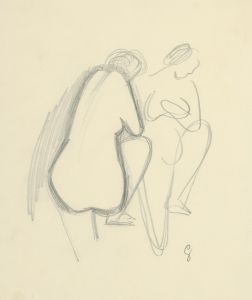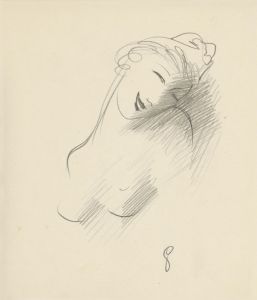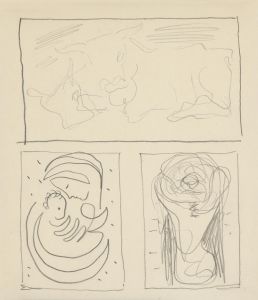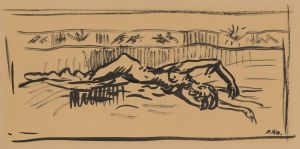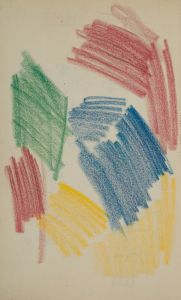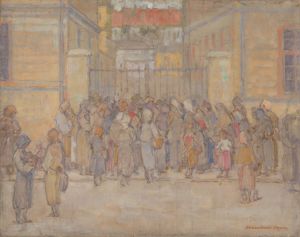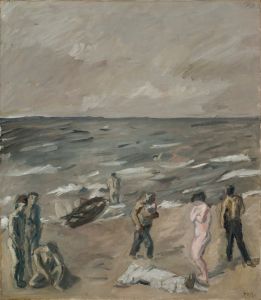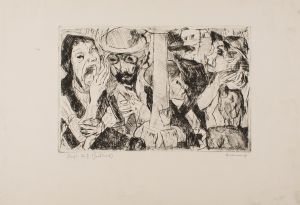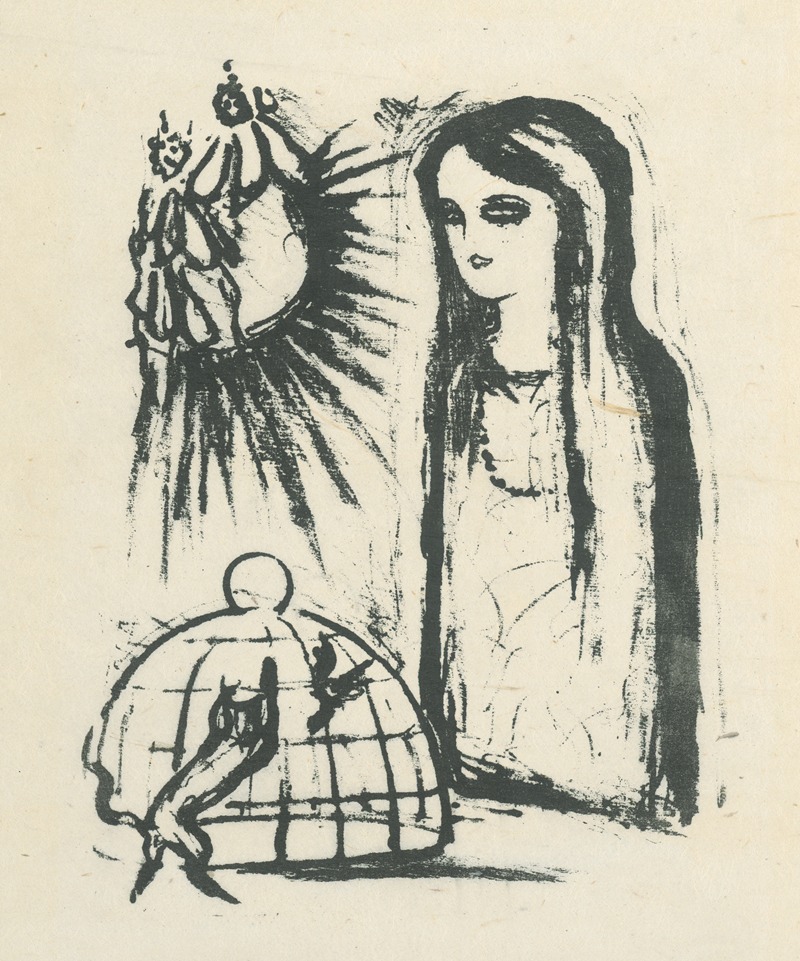
Žena a klietka
A hand-painted replica of Mikuláš Galanda’s masterpiece Žena a klietka, meticulously crafted by professional artists to capture the true essence of the original. Each piece is created with museum-quality canvas and rare mineral pigments, carefully painted by experienced artists with delicate brushstrokes and rich, layered colors to perfectly recreate the texture of the original artwork. Unlike machine-printed reproductions, this hand-painted version brings the painting to life, infused with the artist’s emotions and skill in every stroke. Whether for personal collection or home decoration, it instantly elevates the artistic atmosphere of any space.
Mikuláš Galanda was a prominent Slovak painter, illustrator, and graphic artist, known for his significant contributions to modern Slovak art in the early 20th century. He was a key figure in the development of Slovak modernism and played a vital role in the avant-garde movement in Slovakia. One of his notable works is the painting "Žena a klietka" (translated as "Woman and Cage").
"Žena a klietka" is a reflection of Galanda's unique style, which often combined elements of modernism with traditional Slovak themes. His work is characterized by a distinct use of color, form, and composition, which often conveyed deeper symbolic meanings. Galanda's art was influenced by various European modernist movements, including Cubism and Expressionism, which he encountered during his studies and travels.
The painting "Žena a klietka" exemplifies Galanda's exploration of the human condition and the complexities of modern life. The subject matter of a woman and a cage can be interpreted in various ways, potentially symbolizing themes of freedom and confinement, identity, and societal roles. Galanda often used such motifs to comment on the social and cultural issues of his time, reflecting the tensions and transformations occurring in Slovak society during the early 20th century.
Galanda's work, including "Žena a klietka," is noted for its emotional depth and innovative use of visual language. His paintings often feature bold lines and a vibrant color palette, which he used to evoke emotional responses and convey complex ideas. The interplay of geometric shapes and figures in his work demonstrates his mastery of form and his ability to integrate different artistic influences into a cohesive style.
Throughout his career, Galanda was an active participant in the Slovak art scene, contributing to various exhibitions and collaborating with other artists. He was a founding member of the "Generation 1909," a group of Slovak artists who sought to bring modernist ideas to Slovak art and culture. This group played a crucial role in the development of a distinct Slovak artistic identity, and Galanda's work was instrumental in this cultural evolution.
Despite his relatively short life, Galanda left a lasting impact on Slovak art. His innovative approach and dedication to exploring new artistic possibilities have made him a celebrated figure in Slovak cultural history. "Žena a klietka," like many of his works, continues to be studied and appreciated for its artistic and historical significance.
Galanda's legacy is preserved in various Slovak art institutions, where his works are displayed and studied. His contributions to modern art are recognized not only in Slovakia but also in the broader context of European art history. Through his paintings, Galanda offered a unique perspective on the world, capturing the essence of his time while pushing the boundaries of artistic expression.





